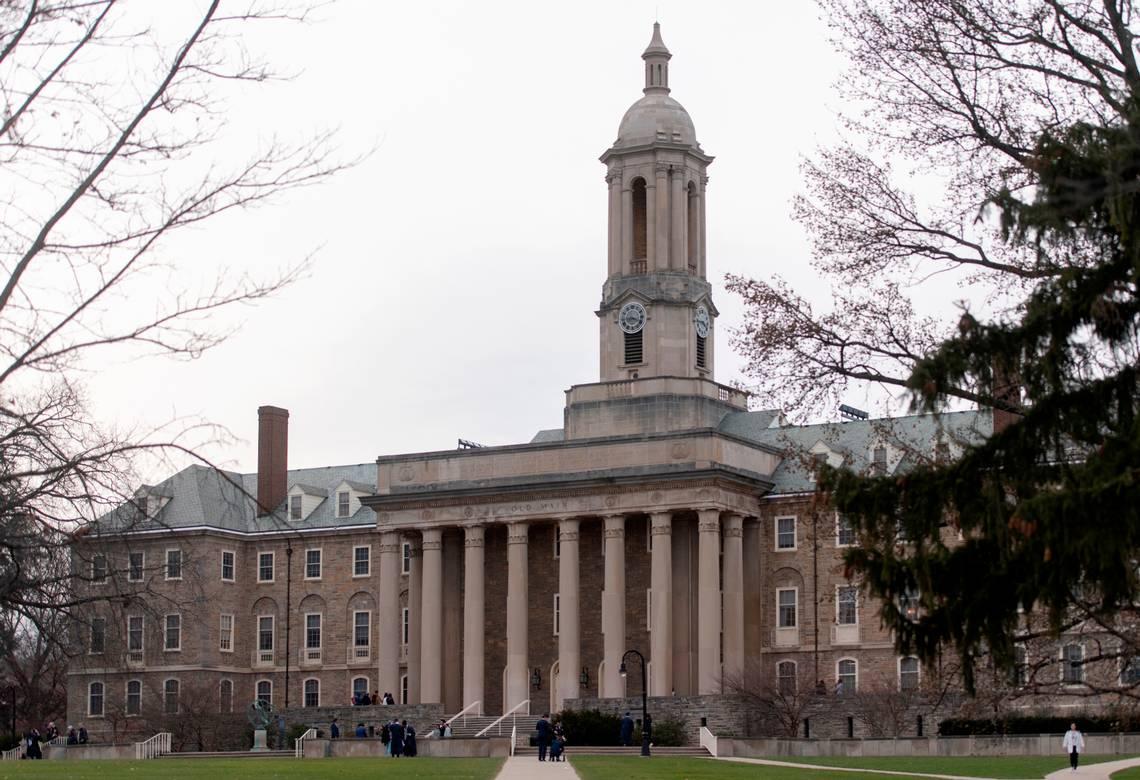
Penn State remains one the world’s top-50 institutions — and one of the nation’s top 5 — when it comes to sustainability and how it satisfies the United Nations’ 17 goals for a better and more sustainable tomorrow.
Based on the 2022 Times Higher Education University Impact Rankings, which were released earlier this week in Sweden, Penn State was ranked No. 3 nationally and tied for No. 47 globally out of 1,406 universities from 106 countries/regions. Universities were essentially assessed on the U.N.’s 17 Sustainable Development Goals (SDGs) — which include elements such as gender equality, clean water and sanitation, climate action, affordable and clean energy, and responsible consumption/production.
Penn State has been a staple on the list since first participating in 2020, although its rankings have fluctuated as more institutions have joined the fray. In 2020, with 767 participants, Penn State ranked No. 3 nationally and No. 35 globally. In 2021, with 1,115 participants, the land-grant university ranked No. 4 nationally and No. 32 globally. This year, despite the drop in the world rankings, Penn State actually improved its overall score (92.7) compared to the previous year (91.7).
“Progress toward the Sustainable Development Goals has been a ‘whole of university’ effort at Penn State,” Tom Richard, director of Penn State Institutes of Energy and the Environment, said in a written statement. “We have organized our research, education, outreach and operations to support sustainable cities and communities, address hunger and inequality, preserve and protect diverse and healthy ecosystems on water and land, and so many of the other goals. I’m particularly pleased to see Penn State recognized for leveraging our partnerships and working together to advance sustainable development.”
Participating universities received overall scores, from 0 to 100, based on SDG 17 (partnerships for the goals) along with the top three scores from the remaining SDGs, all of which are rated based on “carefully calibrated indicators” that entail research, stewardship, outreach and teaching. The exact methodology for each category is publicly available and amounts to a 190-page document.
Penn State saw its top scores in SDG 14 (life below water) with a No. 3 national ranking and No. 8 world ranking; SDG 11 (sustainable cities and communities) with a No. 2 national ranking and No. 12 world ranking; and SDG 15 (life on land) with a No. 3 national ranking and No. 25 world ranking. PSU also placed within the top 10% worldwide in SDG 17 (partnerships for the goals).
“This ranking confirms that Penn State continues to honor our values and mission as an exceptional and globally engaged land-grant university,” said Roger Brindley, vice provost for Penn State Global. “Our faculty are committed to applied outcomes that result in positive impacts for society in Pennsylvania, across the United States and around the world.”
The U.N.’s 17 goals were developed in 2015 and are intended to be achieved by Member States by 2030. Each goal has targets and indicators to measure progress and, overall, Penn State cumulatively ranked within the top 3% of the world, when it came to higher learning institutions.
The top worldwide university in the 2022 Impact Rankings was Australia’s Western Sydney University, followed by Arizona State University. The only other American institution ahead of Penn State was Michigan State, which was tied for No. 33 globally. Penn State was tied at No. 47 with the University of East Anglia (U.K.) and the National University of Ireland.
In a news release, Penn State emphasized its commitment to the 17 goals by using several specific examples, such as water management programs that have helped reduce annual water usage by 25% and multiple strategies to reduce energy usage and greenhouse gas emissions. PSU’s rankings were further helped by stream bank restoration, source water protection and the Living Filter, a 600-acre area of land where treated discharge from Penn State’s wastewater treatment plant is filtered naturally through plants, soil and rocks before it recharges the region’s water table.
Penn State’s standings was also positively impacted by outreach through facilities such as The Arboretum at Penn State, Millbrook Marsh Nature Center, the Student Farm at Penn State and Shaver’s Creek Environmental Center.
For more information, visit Times Higher Education’s website at timeshighereducation.com or contact Bill Shuey in the Office of Global Programs at wts5003@psu.edu.




